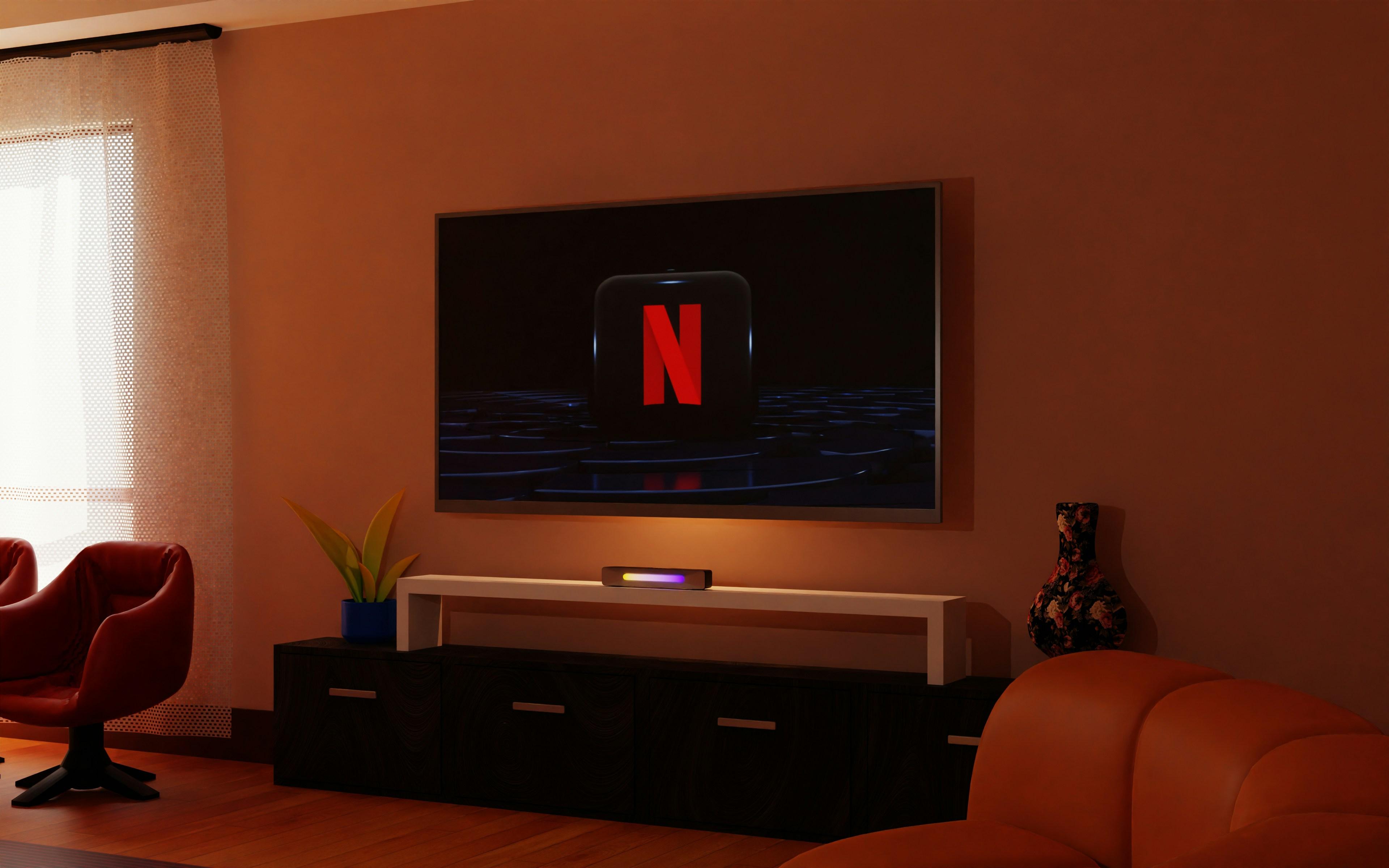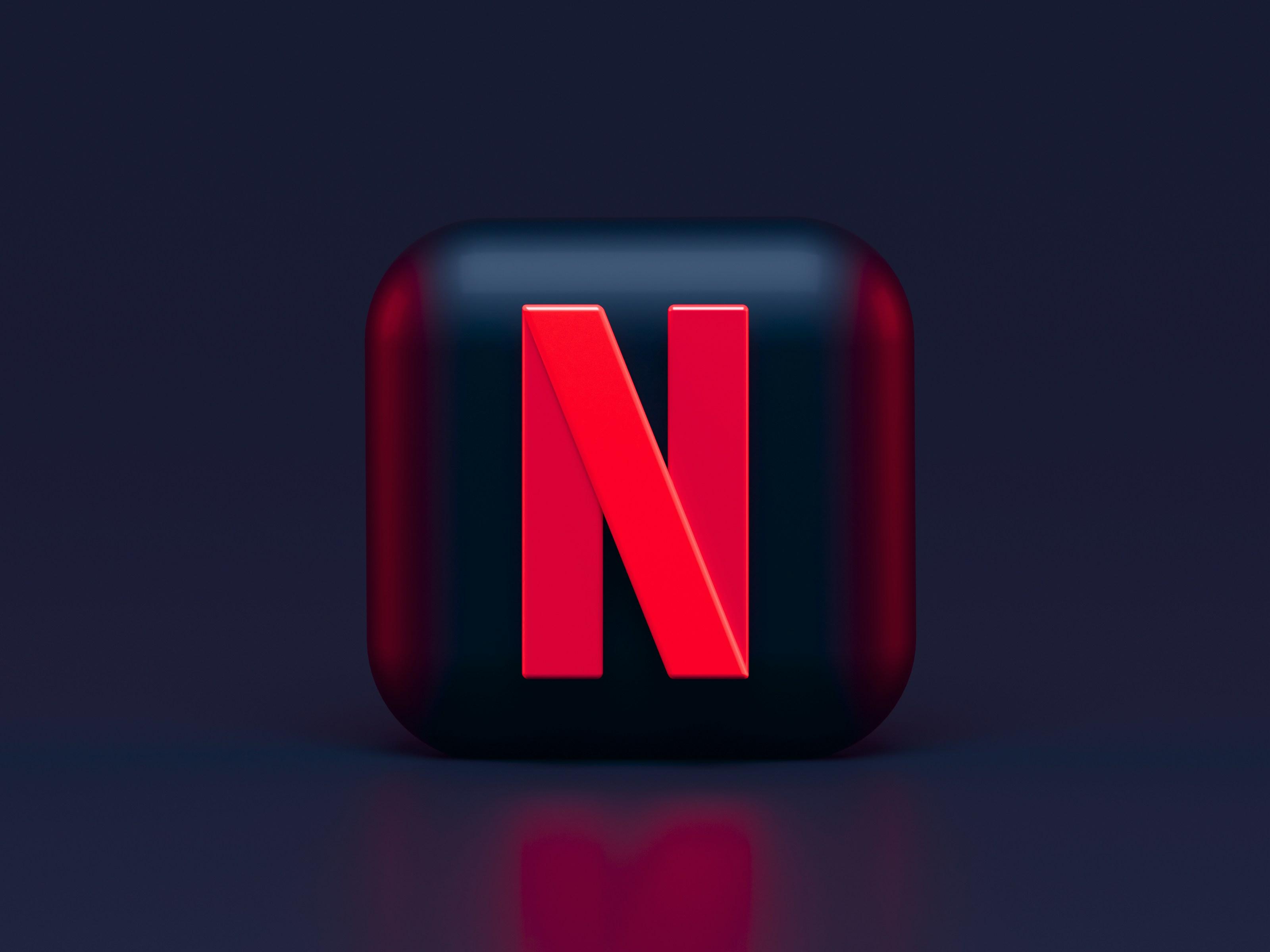In recent years, the streaming industry has experienced a surge in popularity, with platforms offering a plethora of content at increasingly competitive prices. As consumers are drawn to these attractive discounts, a critical question emerges: is the drive for affordability compromising streaming quality? This article delves into the complex relationship between reduced pricing strategies and the potential impact on the quality of streaming services. By examining industry trends, technological capabilities, and consumer expectations, we aim to uncover whether the quest for cost-effectiveness is inadvertently leading to a decline in viewing experiences.
Impact of Discounted Pricing on Streaming Infrastructure
- Increased User Base: Discounted pricing models often lead to a surge in user subscriptions, putting additional strain on streaming infrastructure. This sudden influx can result in bandwidth congestion, affecting streaming quality.
- Server Load: As more users join at reduced rates, servers must handle a higher volume of concurrent streams. Without adequate scaling, this can lead to buffering, reduced resolution, or even service outages.
- Cost Management: Offering lower prices might limit the budget available for infrastructure upgrades. Companies may struggle to balance cost-effectiveness with the need for robust, high-performance systems.
- Quality vs. Quantity: To manage increased demand, some platforms might reduce bitrate or resolution, impacting the viewing experience. This trade-off between maintaining quality and accommodating a larger audience can be challenging.
While discounted pricing attracts more users, it can also expose vulnerabilities in a streaming service’s infrastructure. Maintaining a seamless viewing experience requires strategic investments in technology and capacity planning. This balance is crucial to ensure that affordability doesn’t come at the cost of performance.

Evaluating Quality Metrics in Cost-Effective Streaming Services
As streaming platforms vie for dominance in an increasingly competitive market, the lure of discounted pricing has become a powerful tool to attract subscribers. However, this raises the question: are these cost savings translating into diminished streaming quality? To evaluate this, several key quality metrics must be considered:
- Video Resolution: Are subscribers still receiving the promised HD or 4K quality, or has there been a noticeable drop to lower resolutions?
- Buffering Time: With reduced costs, is there an increase in buffering times that disrupts the viewing experience?
- Content Availability: Are cheaper plans leading to limited access to popular or new content?
- Audio Quality: Has there been a compromise on audio clarity and surround sound capabilities?
Assessing these factors is crucial to understanding if the enticing lower prices are indeed a trade-off for quality. By maintaining a balance between affordability and user satisfaction, streaming services can ensure they meet consumer expectations while sustaining their competitive edge.

Balancing Affordability and Performance in Streaming Platforms
In today’s competitive streaming landscape, platforms are increasingly offering discounted prices to attract subscribers. However, this strategy raises concerns about potential compromises in streaming quality. While affordability is crucial for broadening access, it is essential that it doesn’t come at the cost of performance. The challenge lies in maintaining high-quality streams without escalating operational costs, which can be difficult as more users join at lower price points.
Key considerations for platforms include:
- Infrastructure Investment: Ensuring robust server capacity to handle increased traffic is vital. This can prevent buffering and maintain seamless viewing experiences.
- Content Delivery Networks (CDNs): Utilizing efficient CDNs can help in distributing content more effectively, reducing latency and improving stream quality.
- Adaptive Bitrate Streaming: Implementing technology that adjusts video quality based on user bandwidth can balance performance with cost efficiency.
By strategically investing in these areas, streaming platforms can strike a balance between affordability and performance, ensuring that discounted prices do not equate to diminished viewing experiences.

Strategic Recommendations for Maintaining Quality Amid Price Cuts
To ensure streaming services maintain quality despite slashing prices, companies must adopt a multifaceted strategy. Investing in scalable infrastructure is crucial. This involves upgrading servers and optimizing content delivery networks (CDNs) to handle increased user loads without compromising speed or resolution. Partnerships with tech innovators can facilitate the integration of cutting-edge compression technologies, ensuring high-quality streams while reducing data costs.
- Enhanced User Experience: Regularly update user interfaces to ensure intuitive navigation and personalized recommendations.
- Content Diversification: Offer a mix of exclusive and diverse content to retain users and justify subscription costs.
- Feedback Loops: Implement robust feedback mechanisms to quickly identify and rectify quality issues.
Furthermore, prioritizing customer engagement through transparent communication about service improvements can build trust and loyalty, offsetting the impact of lower prices. By balancing cost efficiencies with quality assurance, streaming platforms can sustain their competitive edge.



